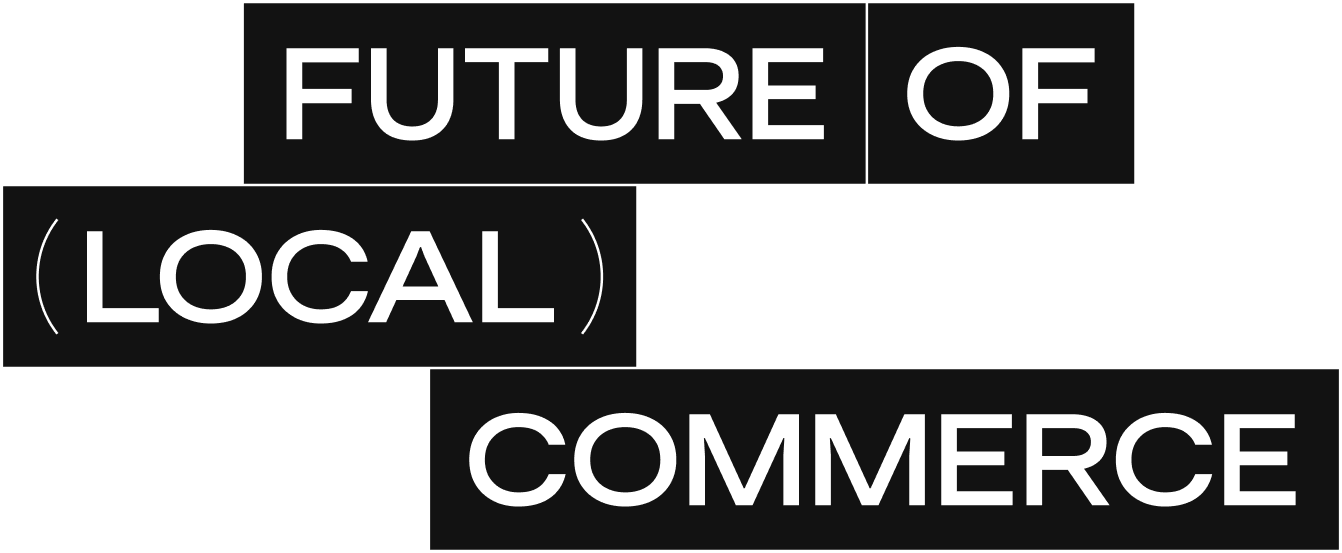A restaurant changes a lot more than its menu over the course of a year. Consumer tastes – what they want to eat, how they want to communicate and pay, the extras they may be willing to buy – are changing constantly. With so much competition for both their attention and wallets, restaurant leaders must think about innovating beyond what goes on their plates.
It’s an exciting era, according to Kristen Hawley, restaurant tech journalist and founder of Expedite. “I think it is a really awesome time for technology and restaurants specifically, because technology can handle a lot of the heavy lifting – behind-the-scenes stuff that takes up a lot of time and effort otherwise. And it can also change guest expectations,” she told Square.
The Square 2025 Future of Restaurants report dives into these expectations, providing analysis and actionable strategies to help your restaurant flourish and make your diners’ experiences shine.
Inside the Future of Restaurants report you’ll find:
- How restaurant leaders are using technology to run their businesses effectively and boost diner experiences
- Tips on how to build stronger relationships with customers
- How restaurant leaders can offer new products and services to boost revenue and community ties
- How effective loyalty programs are at driving growth
![]()









